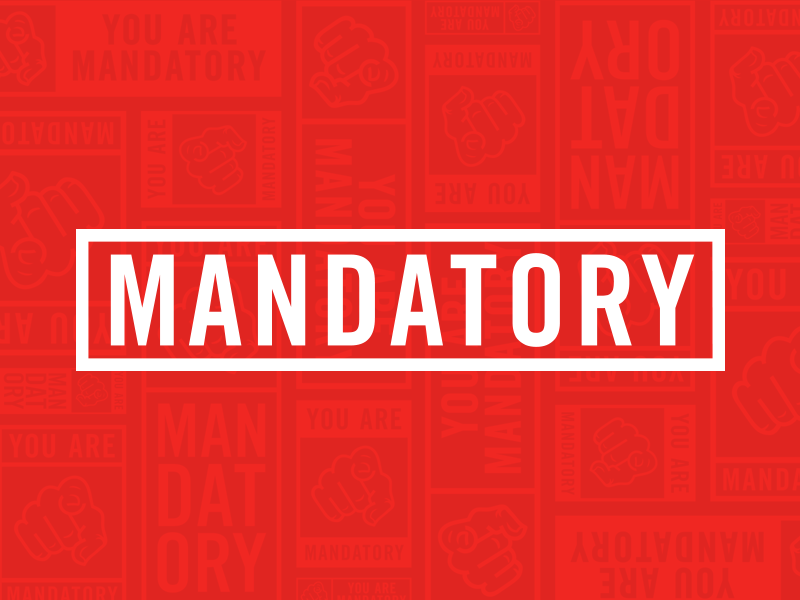According to History.com, an estimated 88 percent of parents prepare Easter baskets for their children, and I’m willing to bet that the majority of these people have no idea why they do it other than the fact that it’s a standard Christian and secular holiday tradition. Despite the belief that the holiday is a celebration of Jesus’ resurrection, Easter actually began — as many historic holidays have proven to be — steeped in pagan roots.
Easter actually began as a pagan festival to celebrate the coming of spring and fertility, but eventually became known as the day of Jesus’ miraculous resurrection as Christians took some liberties of their own with the holiday. As for the egg-laying bunny, the chocolate and the baskets of candy? Well, those have their own stories as well. See what Easter is really all about below.
So, Why The Easter “Bunny”?

Bunnies bear no significance in the Bible, so why is a bunny the most recognized figure for Christianity’s most important holiday? As with most things regarding history and religion, these things aren’t crystal clear, but it is hypothesized that bunnies/rabbits are known to be ancient symbols of fertility (hence the phrase “f*cking like jack rabbits”) and new life.
One theory is that the symbol of the rabbit stems from pagan tradition, specifically the festival of “Eostre” the goddess of spring and fertility. Since members were also known for fertility, Eostre’s likeness became a bunny, which was the symbol eventually used for Easter’s popular character, the Easter Bunny.
According to sources, the Easter bunny made his American debut in the 1700s when German immigrants flocked to Pennsylvania, bringing with them the tradition of an egg-laying hare called “Osterhase” (or “Oschter Haws”). As per tradition, German children made nests for the creature to lay its colored eggs.
As the custom spread across the U.S., the bunny’s legend would grow to include chocolate, as well as other gifts of candy, because of course it did. North Americans love dessert and any excuse to indulge is going to happen (more on that later). With that, vibrant baskets eventually replaced nests as well.
But Why Does The Bunny Lay Eggs?

As mentioned prior, many religious holidays have links to pagan traditions. The usage of eggs for Easter is yet another one of these things. Like the bunny, eggs are an ancient symbol of new life and were popular among pagan festivals celebrating spring (and Easter is in spring! See the connection?). According to Christians, however, Easter eggs are used to represent Jesus’ resurrection. Thus the eventual marriage of eggs and the Easter Bunny was born.
As for decorating the eggs, this tradition dates back to (at least) the 13th century. A popular explanation for this custom is that eggs were once considered a forbidden food during Lent, and people would paint/decorate them to mark the end of their fasting, and the fact that they’d finally be able to indulge in eggs’ yolky goodness.
The Easter egg hunt is another story. As is a tradition I hadn’t known existed, known as “egg rolling,” which involved rolling decorated hard-boiled eggs down a hill. Both of these traditions were made popular in the U.S. — at the White House. The first official White House egg roll occurred in 1878, when Rutherford B. Hayes was president. While neither of these traditions bore any religious significance, people would eventually reach for reason, and consider egg rolling symbolic of the stone blocking Jesus’ tomb being rolled away, which eventually led to his resurrection.
How Did North America Make Easter All About Candy?

In terms of candy sales, the only holiday to beat out Easter is Halloween. Arguably the most festive of these candies are the coveted chocolate eggs, which date back to early 19th-century Europe. Again, the chocolate egg is used as a symbol of Jesus’ resurrection, which is why eggs have been the desired shape for the holiday. As for why it was made chocolate? America.
As for jelly beans, these became popular Easter fare for the simple reason that they’re kind of shaped like eggs, which was surmised in the 1930s. Seriously, that’s why. The National Confectioners Association says over 16 billion jelly beans are made in the U.S. each year for Easter alone. Peeps, a snack I don’t understand whatsoever, was first manufactured in the 1950s. But who gives a shit, Peeps are gross.




